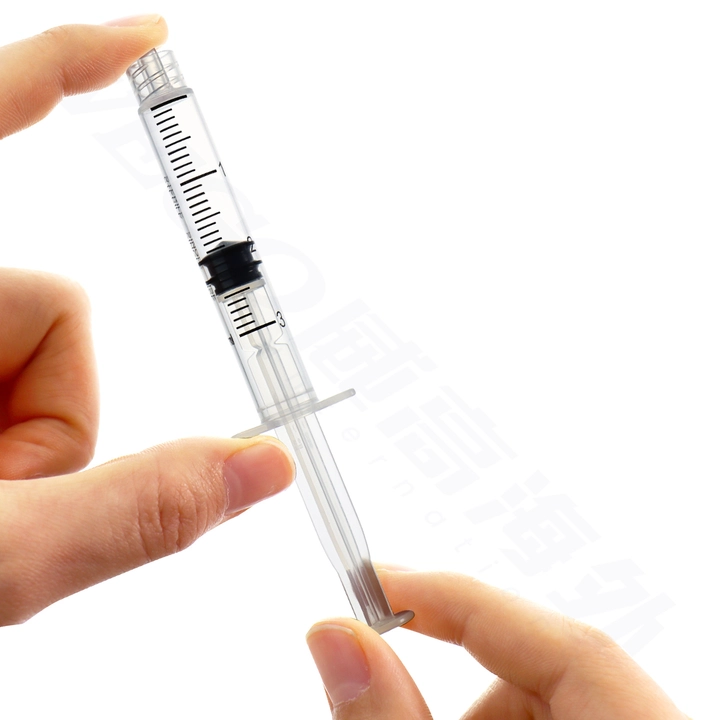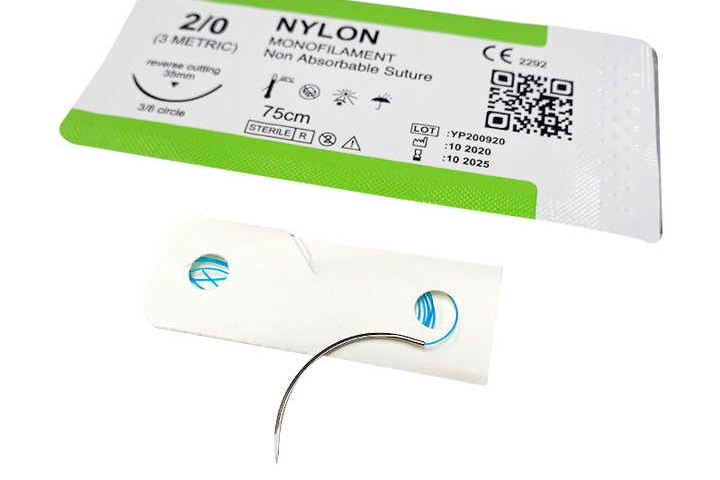
How Does a Nasal Syringe Work?
What is a Syringe Nasal Adapter Used For?
A nasal bulb is a simple-to-handle tool for clearing nose cavities. It squirts saltwater mix or draws out sticky fluids. This gadget proves handy for little ones unable to clear their nostrils alone. The device connects to a special attachment. This setup lets caregivers mist saltwater softly into nostrils or gently remove mucus. It assists with issues including:
- Dripping mucus from crooked nose cartilage
- Swollen sinus passages
- Tender nostrils that might bleed after clearing
Benefits of Using a Nasal Syringe for Babies
Nasal syringes offer several perks for infants:
- Clears Mucus Well: Babies often get stuffy from colds or allergies. A nasal syringe removes mucus effectively. This helps them breathe easier.
- Reduces Health Risks: Clearing mucus lowers the chance of infections like sinusitis or ear issues.
- Improves Feeding and Sleep: Babies rely on their noses to breathe while eating or sleeping. Clear airways make these activities smoother.
- Gentle on Tiny Noses: Modern syringes have soft tips. These are kind to a baby’s sensitive nasal lining.
Common Situations for Nasal Syringe Use
Parents might use a nasal syringe in these cases:
- Colds and Flu: To ease stuffiness from viruses.
- Allergies: To relieve runny or blocked noses.
- After Suction Irritation: If a baby’s nose bleeds post-suction, saline from a syringe can soothe it.
- Sinus Problems: For issues like sinusitis or during a sinus rinse. Never use tap water for safety.
- Daily Routine: Some parents use syringes regularly to keep noses clear.
How Does a Nasal Syringe Work?
The Mechanism of a Nasal Syringe
A nasal syringe works with simple suction and pressure:
- Pressing the bulb creates a vacuum. This pulls mucus from the nose.
- With saline, it sends a steady stream into the nasal cavity. This softens dried mucus or debris.
This basic system makes it a go-to for parents. It’s a great alternative to toddler nasal sprays or for handling bad baby congestion.
The Role of Suction in Clearing Blockages
Suction is key to clearing blockages gently:
- It removes mucus without needing forceful actions.
- The vacuum prevents irritation from methods like wiping with tissues.
- Unlike electric aspirators, which some find simpler, manual syringes give precise control over suction strength.
Safety Features of Modern Nasal Syringes
Today’s designs focus on safety:
- Soft Silicone Tips: These protect the nose’s delicate lining.
- Controlled Pressure Systems: These prevent too much force during use.
- BPA-Free Materials: These ensure no harmful chemicals touch a baby’s skin or mucous membranes.
These features make them safe for regular use on babies and toddlers.
How to Clear a Baby’s Nose with a Syringe?
Step-by-Step Guide to Using a Nasal Syringe
Preparing the Syringe and Saline Solution
- Clean a reusable syringe by boiling it in water.
- Make saline solution with sterile water. Avoid tap water to steer clear of contaminants. Check with a pediatrician for guidance.
- Fill the syringe with saline if you’re irrigating instead of suctioning.
Positioning the Baby Properly
- Lay the baby on their back on a flat surface. Or hold them securely in your lap.
- Tilt their head back gently. Keep them calm and comfy.
- Good positioning reduces discomfort. It also helps clear blockages better.
Technique for Suctioning Mucus
- Squeeze the syringe bulb before placing the tip in one nostril. Don’t push it in too far.
- Release the bulb slowly to draw mucus into it.
- Take the syringe out. Empty the mucus into a tissue. Repeat on the other nostril if needed.
When using saline:
- Place the tip gently in one nostril. Tilt the baby’s head slightly forward.
- Squeeze lightly until fluid comes out of the nostril or mouth. This shows the rinse worked.
Tips for Safe and Effective Use
To keep things safe and effective:
- Always clean and sterilize the syringe before use.
- Don’t over-suction. It can irritate delicate tissues or cause nosebleeds.
- Use tools suited for the child’s age. Toddler nasal sprays might be better for older kids who dislike syringes.
- Be patient. Some babies fuss at first but get used to it with gentle care.
In this manner, parents are able to clear their child’s nose with no risk. It avoids risk due to improper practice, like applying unfiltered tap water or too much suction, that causes harm to sensitive areas.
Choosing the Right Nasal Syringe for Your Baby
Factors to Consider When Selecting a Product
Material and Design Considerations
When picking a nose-cleaning bulb, build and materials matter for both effectiveness and safety. Choose ones made without BPA to avoid harmful chemicals. These are safe for newborns and small children. Many options feature flexible silicone tips that stay kind to sensitive nose areas. This design prevents discomfort or scratches during use.
Look for curved shapes and comfy grips that fit snugly in your hand. The bulb’s easy-squeeze design gives you better command over pressure. With these features, caregivers can smoothly remove stuffiness while keeping tiny ones calm.
Ease of Cleaning and Maintenance
Keeping baby medical tools clean is crucial. Choose nasal syringes that are easy to take apart for thorough cleaning. Reusable syringes need regular sterilization by boiling or using cleaning solutions. Some have clear bulbs. These let parents check for cleanliness and ensure no mucus is left. Good maintenance prevents bacteria buildup and keeps the syringe working well.
Comparing Types of Nasal Syringes
There are different nasal syringe types, each with specific uses:
- Traditional Bulb Syringes: These are simple and budget-friendly. They use manual suction from squeezing the bulb. They work well but need careful handling to avoid too much pressure.
- Electric Aspirators: These are easier to use than manual ones. They often have adjustable suction and extras like music to soothe babies.
- Nasal Wash Syringes: These focus on saline rinsing, not suction. They provide a gentle stream to loosen stubborn mucus.
- Combination Systems: Some offer both suction and rinsing for versatility.
Each type has its strengths. Always prioritize safety features like controlled pressure and soft tips when choosing.
Ensuring Baby Comfort During Use

How Medco’s Nasal Syringe Keeps Babies Comfortable
Medco makes top-notch nasal syringes designed for baby comfort. Medco products have soft silicone tips. These keep sensitive noses safe. BPA-free materials ensure no harmful chemicals, easing parental worries.
Medco’s syringes are designed for ease and comfort:
- The ergonomic shape lets caregivers hold it firmly while suctioning gently.
- Controlled pressure systems avoid excessive force. This prevents issues like nosebleeds.
- Clear bulbs allow parents to see mucus removal clearly.
Medco also focuses on easy cleaning. This keeps the syringe hygienic and reduces infection risks from bacteria or contaminants.
Through concerns like usability, safety, and sanitation, Medco nasal syringes are a perfect option. They assist in maintaining babies’ airways open while keeping them calm.
With problems such as postnasal drip due to a deviated septum, having a good tool such as Medco’s syringe can be a huge difference. It minimizes symptoms without worrying the child or parent.
Using proper techniques with quality tools ensures parents can care for their baby’s needs confidently. This avoids risks from practices like using unsterilized tap water or excessive suction, which could cause concerns about potential harm. Come and contact us for your baby’s comfort!
FAQ
Q: What is a nasal syringe, and how does it help with infant nasal blockage?
A: A nasal syringe (also called a bulb syringe or nasal aspirator) is a small, handheld device used to gently suction mucus from an infant’s nasal passages. It helps relieve nasal congestion, making it easier for the baby to breathe, feed, and sleep.
Q: When should I use a nasal syringe for my infant?
A: Use a nasal syringe when your infant has a stuffy nose due to a cold, allergies, or other minor respiratory issues. It’s particularly helpful if the congestion is interfering with breathing, feeding, or sleeping. Consult a pediatrician if congestion persists or is accompanied by fever or other symptoms.




